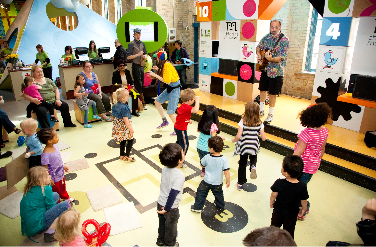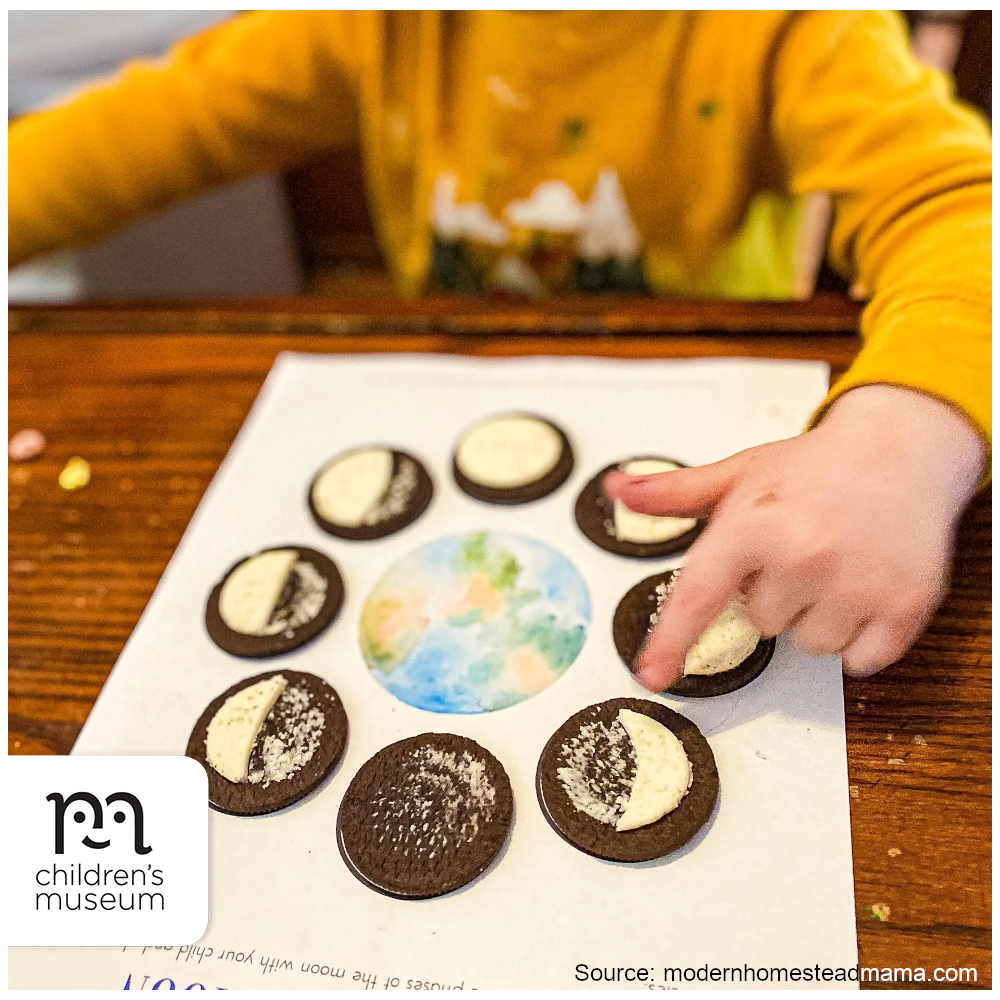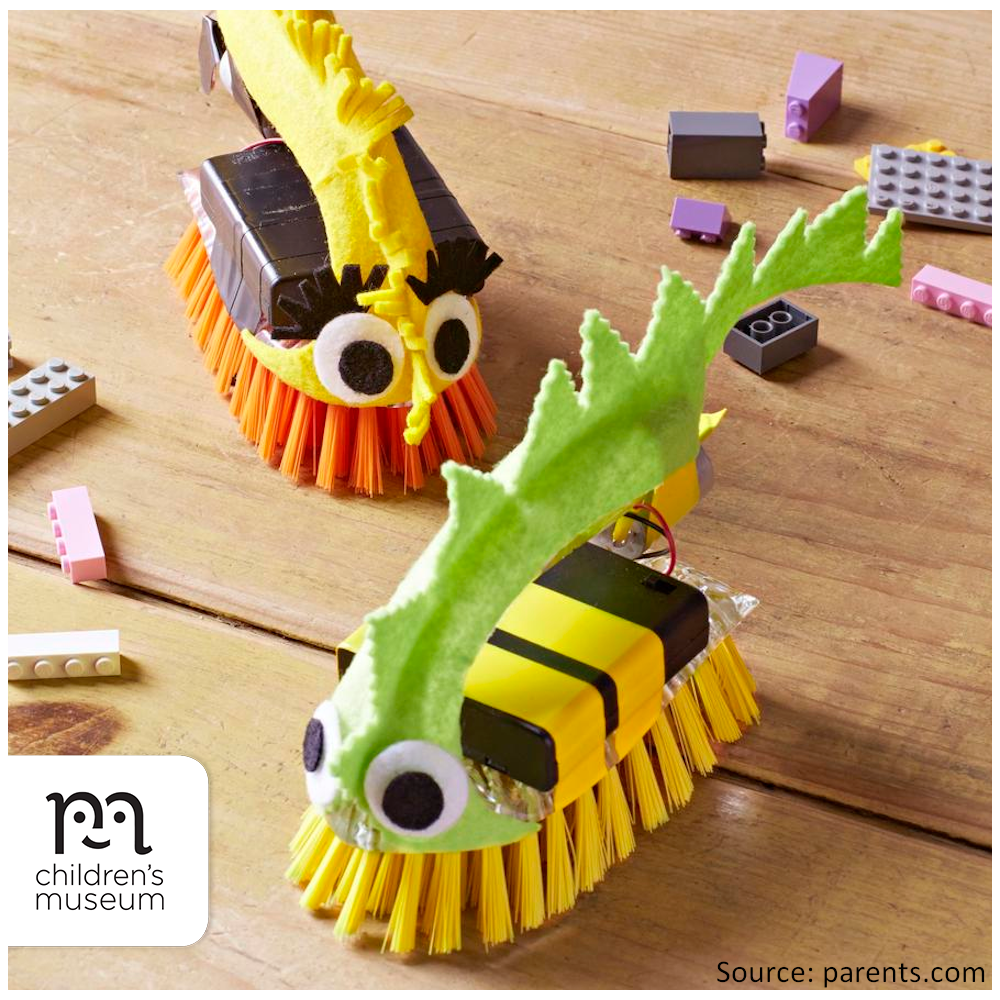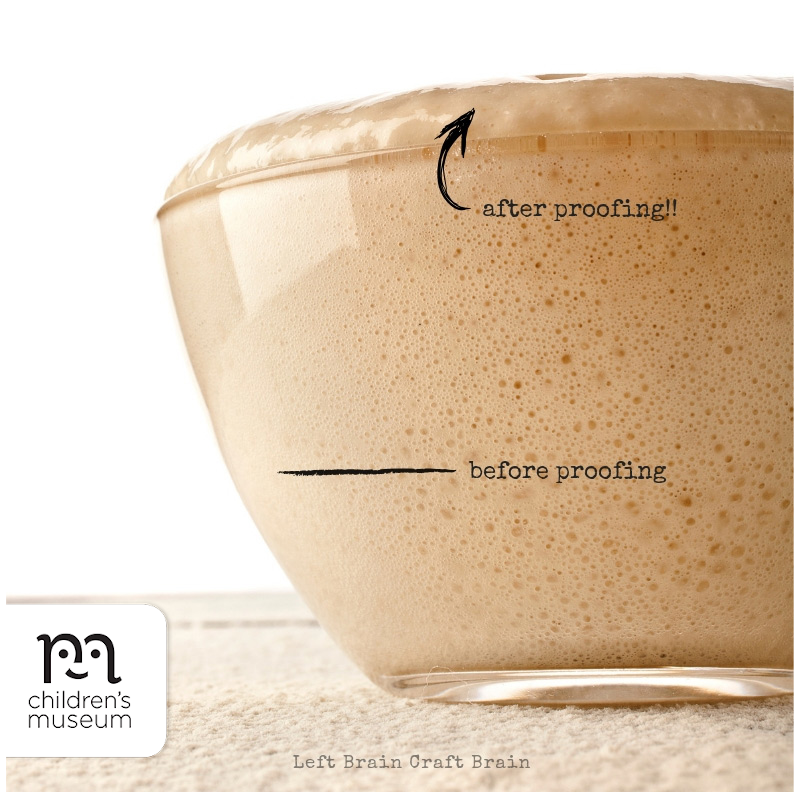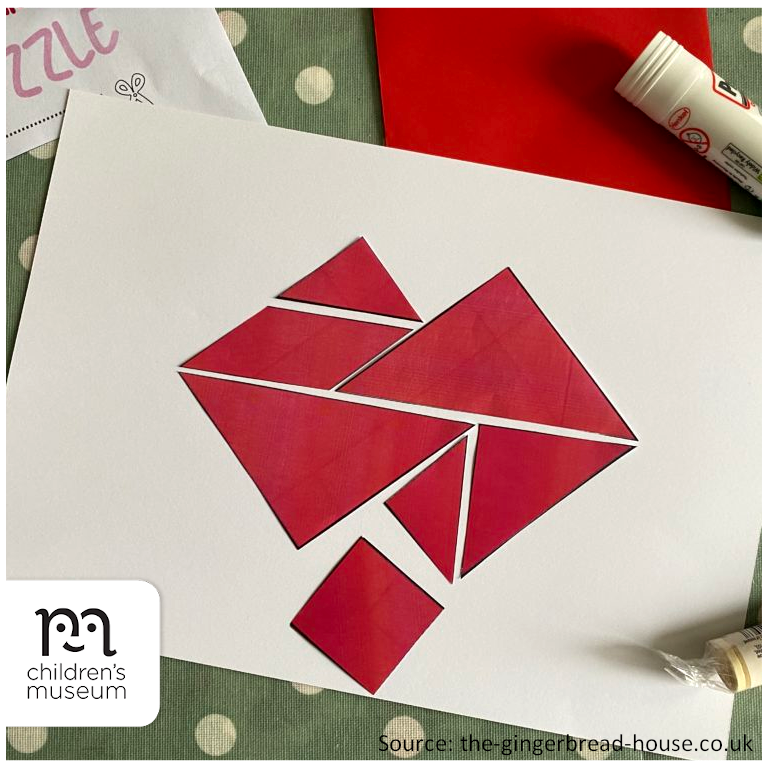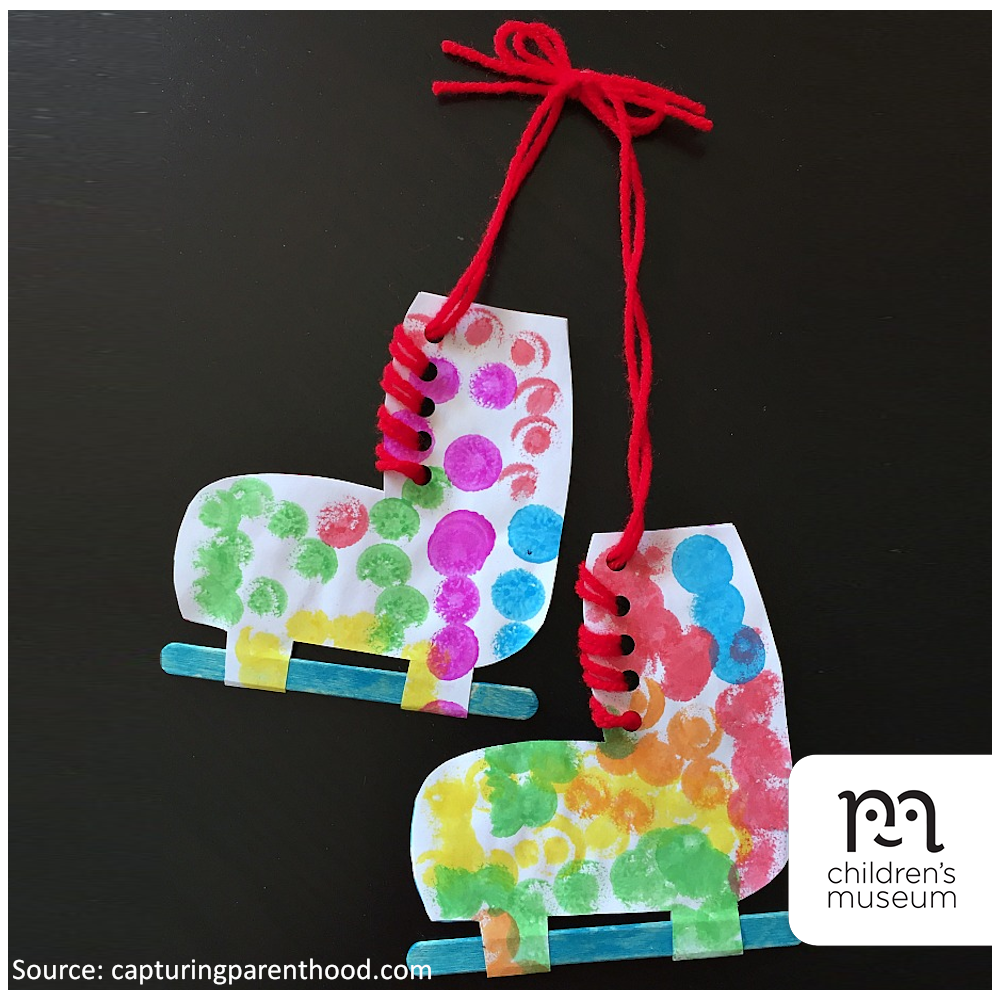CREATION STATION: GIRAFFE CRAFT

Source: pick-ease.com
Make a simple giraffe craft with your kids! Start by cutting out the individual giraffe shape pieces (pictured here) ahead of time, then have the kids glue the pieces in the appropriate spots to build their giraffe. Once the giraffes are assembled, use markers, bingo dabbers, Do-A-Dot markers, or other drawing tools to make spots! Display on your fridge or continue and make a zoo’s worth of animals.

